Last Updated on August 5, 2021
Ink & Pixel is a source of pride and joy for me as a writer and as such, I'm always striving to take this column further for those who read and enjoy it. In an effort to widen the reach of our continuously growing fanbase, Ink & Pixel has been granted permission to broaden its horizons with the inclusion of films from the Horror, Sci-Fi, and Fantasy genres. I hope that you enjoy this bold new direction for the column. Additionally, if you yourself, or anyone you know, helped to make any of the amazing feature films found within this column, I would love to talk to you to further my knowledge. Please contact me at [email protected] so we can discuss it further.

It's that time of year again, friends! Your neighbors have strategically positioned their spooky, inflatable lawn decorations across their yards, questionable costumes meant for children have begun lining the shelves of your local Halloween Spirit costume outlets, and at least one eager child has given you a lecture about how there's no such thing “Fun Size” candy bars. Look, you either get the bag that contains the real deal or you lock your door and pray that the local rabble-rousers don't assault your home with rotten eggs and toilet paper.

For those of us who refuse to feel apathetic about this outrageously fun holiday, I thought we'd have some good times this week by re-visiting the stop-motion animated film WALLACE & GROMIT: THE CURSE OF THE WERE-RABBIT! The aforementioned film was produced by Aardman Animations (CHICKEN RUN, FLUSHED AWAY, SHAUN THE SHEEP) working alongside the fine folks at Dreamworks Animation (KUNG FU PANDA, HOW TO TRAIN YOUR DRAGON, RISE OF THE GUARDIANS). Wallace & Gromit's spooky were-rabbit hi-jinks hopped onto the big screen in the year 2005, making this the comedic duo's first full length animated feature since their 1990 small-screen debut.

Now, seeing as Wallace & Gromit have a limited pretige when standing alongside other modern-day animated creations such as: Baymax, Toothless, Merida, in addition to countless others, I figured now would be as good a time as any to familiarize you with a bit of their history as lovable lads ofBritish culture. The characters of Wallace and Gromit were conceived by British-born Nicholas "Nick" Wulstan Park. Previous to bringing W & G to life, Park was involved in a number of notable animation projects, such as being an animator for celebrated music videos as well as contributing to the faddish American television program PEE WEE'S PLAYHOUSE. Before starring in THE CURSE OF THE WERE-RABBIT, Wallace & Gromit appeared in a series of short-films that aired on the channels BBC One, BBC Two, KidsCo, and S4C. So who are Wallace & Gromit, precisely? Allow me to introduce you! Wallace – voiced by the actor Peter Sallis until the year 2011 when Ben Whitehead inherited the character – is a bald, bookish sort with an affinity for Wensleydale cheeses, especially when served with crackers. Known to his Wigan, Manchester, community as a jolly, and sometimes hapless gent, Wallace enjoys a steaming cup of tea while tinkering away at his many inventions with the aid of his canine roommate and best friend, Gromit.
Wallace – voiced by the actor Peter Sallis until the year 2011 when Ben Whitehead inherited the character – is a bald, bookish sort with an affinity for Wensleydale cheeses, especially when served with crackers. Known to his Wigan, Manchester, community as a jolly, and sometimes hapless gent, Wallace enjoys a steaming cup of tea while tinkering away at his many inventions with the aid of his canine roommate and best friend, Gromit.

Gromit is an anthropomorphic Beagle dog of high intellect, who graduated with top honors from Dogwart's University after earning his degree in Engineering. Arguably a tad more buttoned-down than his human companion, Gromit is an accomplished pilot, chef, and adventurer. Unable to speak, Gromit uses the art of pantomime to convey his emotions. In fact, for quite some time, a series of fan theories have hypothesized that Gromit's silence is a chosen practice, and that he would rather express himself using gestures than share in the spoken language of his human friends. Considering how far Gromit has come using only meaningful gestures and telling facial expressions, I wouldn't be too surprised to discover his being mute is entirely by choice.

On to the main event! Directed by Nick Park and Steve Box, WALLACE & GROMIT: THE CURSE OF THE WERE-RABBIT stars Peter Sallis, Ralph Fiennes, Helena Bonham-Carter, Peter Kay, Nicholas Smith, and Liz Smith. The films begins with the residents of Tottington Hall all in a tizzy due to their anticipation for the town's annual Giant Vegetable Competition about to take place. Meanwhile, Wallace, and his partner-in-business, Gromit, have decided that they're going to take advantage of this year's contest by establishing a humane pest control unit, “Anti-Pesto”.

This year, in addition to your garden-variety bug problem, it would seem that the largest threat to the town's vegetable property is that of its rabbit population. Realizing this, Wallace turns his attentions toward building a Mind Manipulation-O-Matic device that would, with any luck, brainwash the local rabbits into no longer desiring vegetables until the contest is over. Unfortunately, after a test run sabotages the device, Gromit forcibly takes the machine from Wallace and smashes it to pieces. Shortly thereafter, if seems as if it's time to go back to the old drawing board for our two inventors … only, reports have surfaced that some of the townsfolk have seen what looks like a giant bunny rabbit in the night! Oh Wallace and Gromit, what have you gotten up to this time?

I think it's important to re-iterate that WALLACE & GROMIT: THE CURSE OF THE WERE-RABBIT was indeed the animated pair's first foray into big-screen territory. I say this because in order to take Wallace and Gromit beyond the confines of their own home, or matching wits with a sinister penguin character (like in the W & G short-film “The Wrong Trousers”) Nick Park and his team were tasked with establishing a bustling world in which the inventor and his dog companion could thrive. Perhaps one of the biggest challenges that the creative team encountered was in designing the citizens that reside in and around Tottington Hall.

Why do I think that? Well, have you taken a good look at Wallace, recently? He's rather plain in his appearance, no? You've got the bald head, a green knitted pull-over atop a white dress shirt, brown wool trousers, and a fire-engine red Windsor-knot tie. Sharply dressed as he might be, Wallace won't be setting any catwalks on fire any time this century. Now, taking this into account, imagine the effort it took to create an entire town full of individuals with whom Wallace and Gromit could interact. Each citizen would have to have their own personalities, fashion sense, and flare, in the interest of setting them apart from one another. Even in the case of a live-action film, casting every one of these characters would be a tall order. Now, consider that each cast member would need to be designed, fabricated, and then their everylast movement animated by a team of experts! To quote the legendary Inspector Gadget, “Wowsers!”

In keeping with the theme of being blown away by the amount of effort and talent that it takes to put a film like WALLACE & GROMIT: THE CURSE OF THE WERE-RABBIT together, I'm going to take this opportunity to inform you that it took a total of 5 years to complete this picture from start to finish. Here's a question for you: In terms of materials, how many art supplies do you think were used during the making of this film? What if I told you that the studio managed to use 2.8 tons of Plasticine, in 42 different colors, and 1,000 baby wipes for the animators' fingers, per week! Additionally, because stop-motion animated projects are able to occupy and use several set locations at a time, multiple maquettes of each character were built with the intention of shooting more than one scene at any given time. In point of fact, 43 versions of Gromit were constructed along-side 35 Wallaces, 16 Victor Quartermaines and 15 Lady Tottingtons. Thanks for the numbers IMDB Trivia, you're the best!

That's not to say that every effect was created using practical materials. A fair amount of CGI was also implemented when shooting this animated small-town adventure. How much, you ask? How about a total of 700 shots containing digital effects? You see, one of the interesting things about digital effects is that they don't always equate to being obvious additions to the film. For this movie, special software needed to be created in order to replicate the Plasticine matter that serves as the characters' varying skin textures. Things such as imperfections, blemishes, fingerprints and wrinkles were all added using digital technology. Think of these effects as being like the rug in the The Dude's apartment. They really tie the maquette together, do they not?

At the close of WALLACE & GROMIT: THE CURSE OF THE WERE-RABBIT's theatrical run, the film had performed incredibly well with a worldwide total of $192,610,372 in box office receipts! Would you like to know how much Aardman's allotted budget was for for this project? $30 million! I'll repeat that, so as to let it sink in just a bit more, $30 million! A quick bit of math will surely convey wild tales to you about this film's success and its reception with audiences both domestic and overseas.

Unfortunately, there was a spot of sadness that accompanied the success of Aardman's Were-Rabbit romp. Shortly after the film's release, the Aardman warehouse located in Bristol, England caught fire and quickly burned to the ground. The fire was so intense that, before the flames flickered their last, almost the entire history of Aardman's projects, characters, and effects were turned to puddles of plasticine and ash. Thankfully, the creative efforts of the Aardman team are preserved forever on camera, and can still be appreciated by audiences all over the globe.

Personally, my favorite Aardman film project is still CHICEN RUN. That said, I've enjoyed Wallace's antics and Gromit's quiet dignity ever since the release of their first adventure, “A Grand Day Out” in December of 1990. I don't quite recall where I saw it; I think it was on Nickelodeon or something. Nevertheless, even then, my eyes were wide and my mind left racing at the marvel that was Aardman's brand of stop-motion animation. In the years since, Aardman has become an understated, but never under-performing,animation house that delivers high-quality entertainment with each and every project they produce. They're really the only other company besides Laika who are still using stop-motion animation as their primary method of animation, and as a big fan of theirs, I hope that they continue to deliver quality, heartfelt films for years to come! Happy Halloween, everybody!



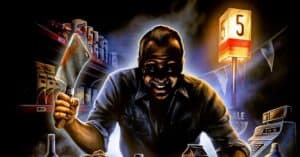
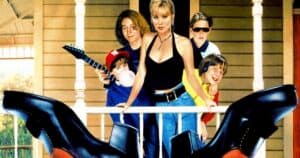
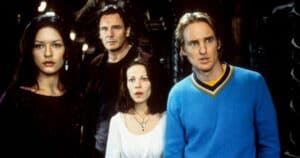

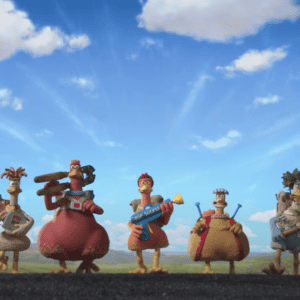
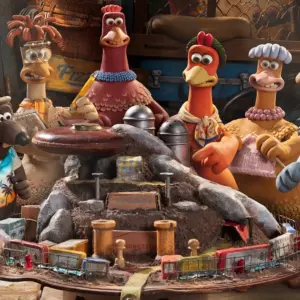
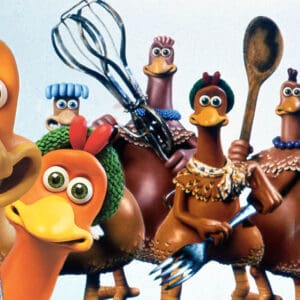


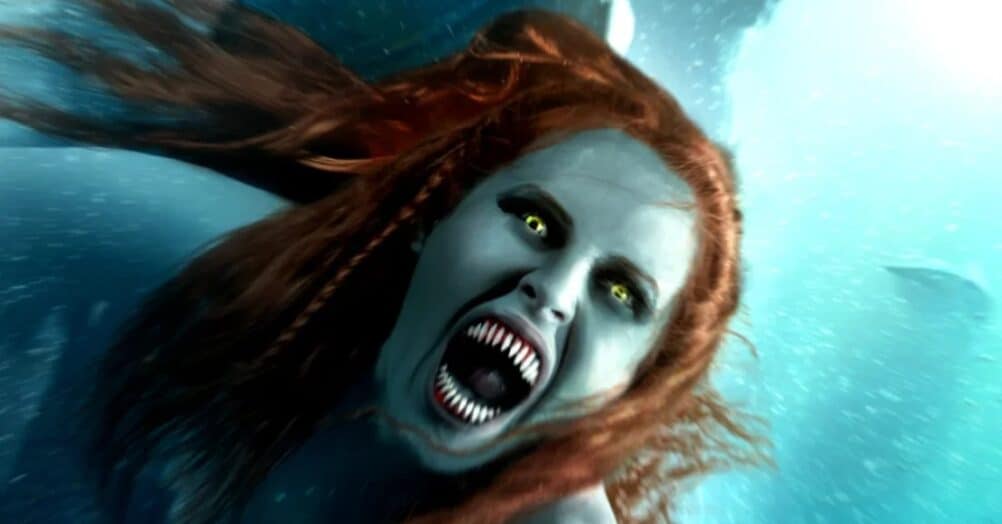
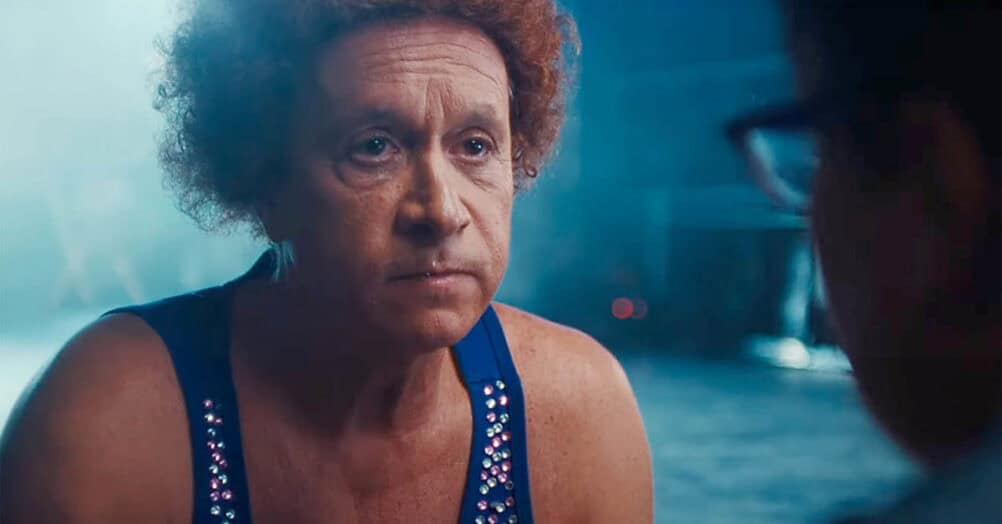
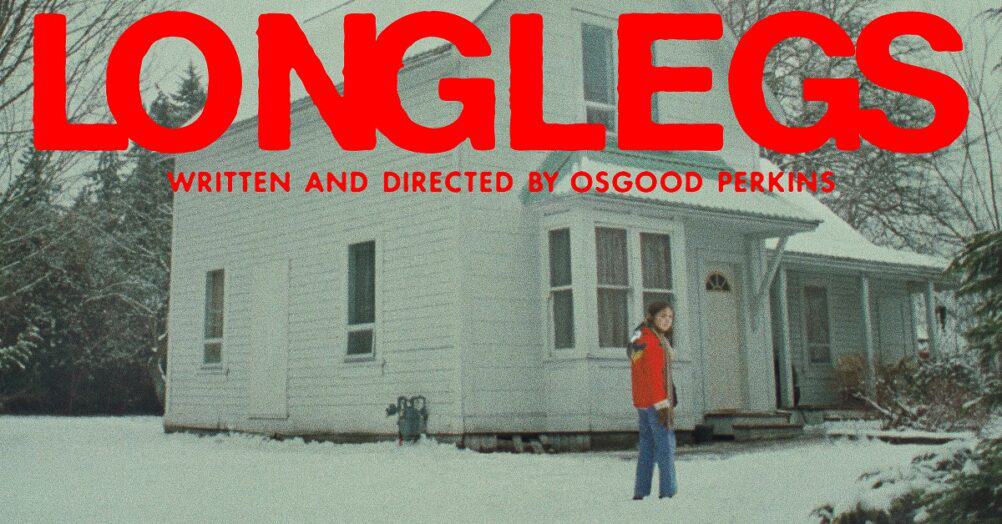

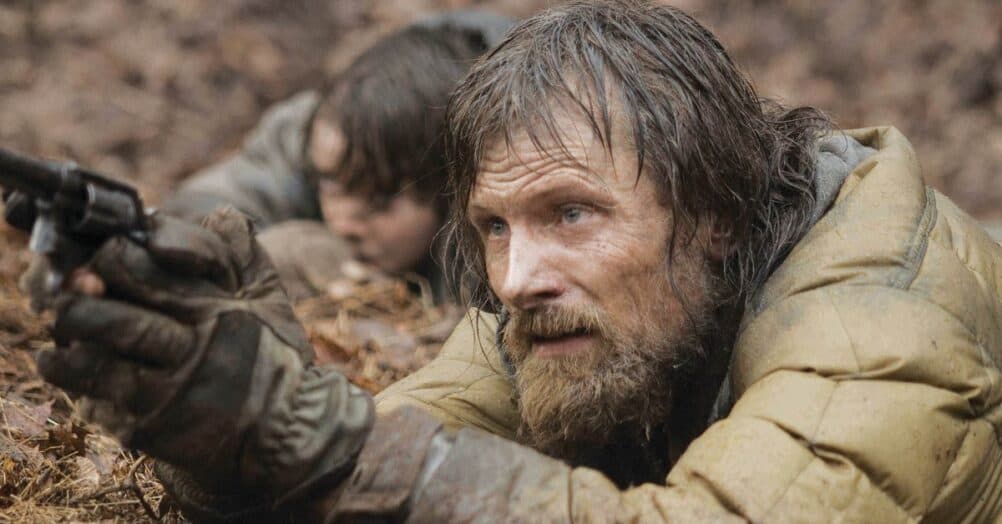

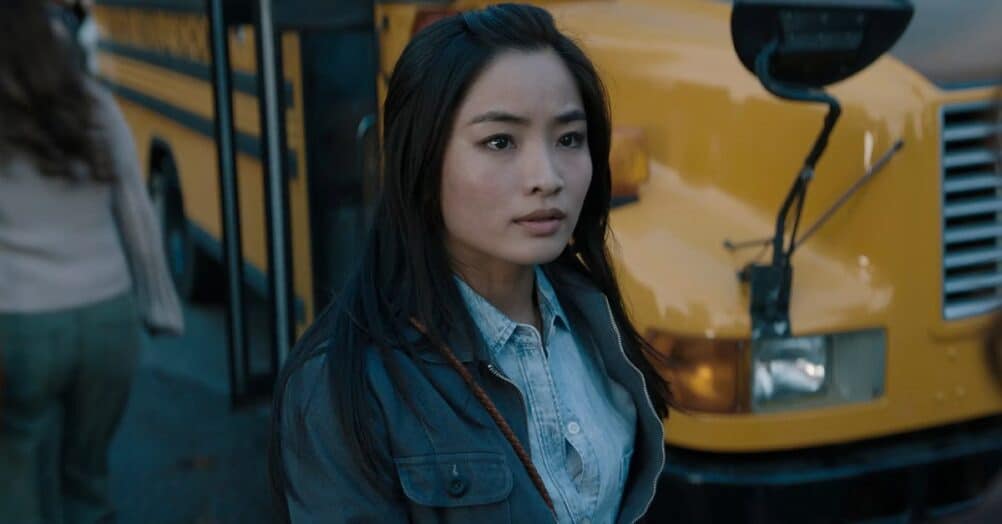

Follow the JOBLO MOVIE NETWORK
Follow us on YOUTUBE
Follow ARROW IN THE HEAD
Follow AITH on YOUTUBE